 Note: I originally wrote this as a comment on my previous entry, but it seemed substantial enough to warrant its own post.
Note: I originally wrote this as a comment on my previous entry, but it seemed substantial enough to warrant its own post.
I admit it. Much to SLP’s chagrin, I’m not a huge reader of books. In the past I typically read 10-15 books per year, although more recently, with the lifestyle changes that have come with young kids and new technology (iPhone, Nintendo DS), my book reading has really fallen off. I’m not sure I’ve read an entire book cover-to-cover since I polished off the Harry Potter series in late 2007.
Anyway… the reason I mention that is to say that I have never been interested in a dedicated e-book reader like the Kindle, partly because I’m just not reading that many books these days. But I’m also not impressed by them technologically. The e-ink displays are cool (in a limited way), but beyond that they’re very unimpressive. I dislike single-function devices on principle. (And remember, the Kindle DX is only ten dollars cheaper than the entry-level iPad.)
Which brings me to iBooks, the e-book reader app for the iPad. I think I could embrace the idea of e-books on a device that also does a lot of other cool stuff, and even though the iPad has certain characteristics that are arguably inferior to the Kindle for the purpose of reading books — namely, a lower-resolution, backlit display, which can be harder on the eyes than the Kindle’s display, and that also doesn’t work so well in bright sunlight — arguments can also certainly be made in favor of the iPad as a superior e-book reader: you don’t need to have a light on to use it (meaning you can read it in bed without disturbing your partner), and the full-color touchscreen display is much more responsive, allowing for not just brilliant color images, but video and other interactive features.
And then there’s the iBooks interface: in particular, the way you turn pages. On the Kindle, you press buttons on the sides of the device, which “turn” the page in the form of a 3-second redraw. On the iPad, you really turn the page with a swipe of your finger, which causes the corner of the on-screen page to curl up and follow your finger movement as you lay it down on the other side of the “book.” It’s a cool effect, and it works incredibly well, but it wasn’t until I used it myself that I realized it wasn’t just a gimmick: you can stop partway through the turn and hold the page there, allowing you to see part of the page before/after the one you’re on. You can move it back and forth.
And that’s when it hit me that I do that a lot when I’m reading a “real” book. I will often be reading a passage and want to refer back to something I just saw on the previous page. On the iPad, you can do that, in exactly the same way that you do it with a physical book. And to me, that goes a much longer way towards making reading a book on the iPad feel like reading a book instead of reading dark gray letters on a light gray screen, and pushing flimsy plastic buttons to move to the next gray screen’s worth of text.
It is this kind of attention to the finer details of the user experience that sets Apple’s product (hardware and software) designs apart from the rest. In my experience no one innovates user experience like Apple. Eventually others catch on, but Apple has consistently led the way, for over a quarter century. And I don’t see that changing anytime soon (regardless of the continued presence of Steve Jobs).
Side note: iBook vs. iBooks. Apple let the iBook moniker for its consumer-level laptops die when it switched to Intel processors a few years ago. Now the name has a whole new meaning. I have yet to see anyone else make note of this, but I’m sure I’m not alone in this observation.



